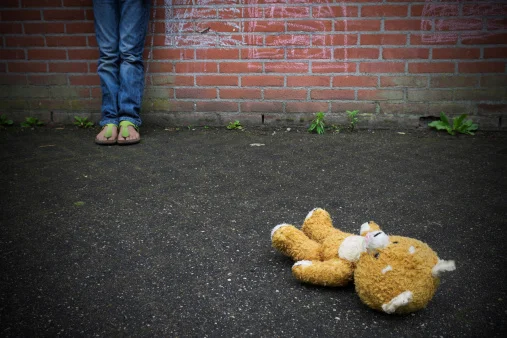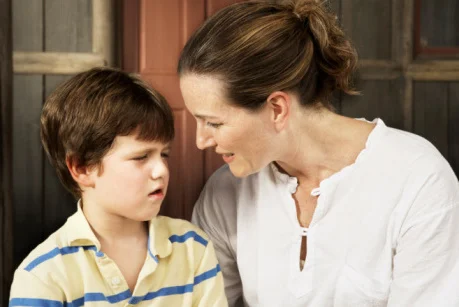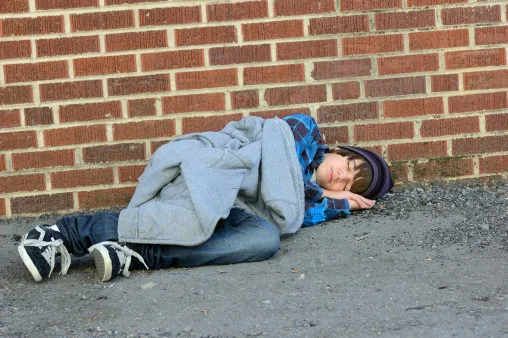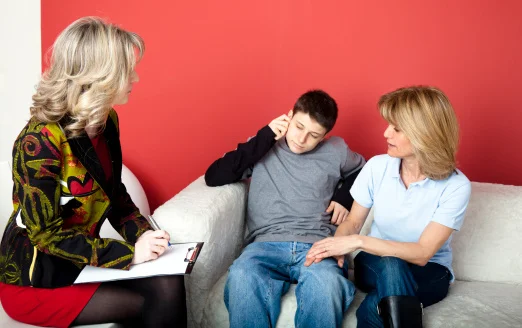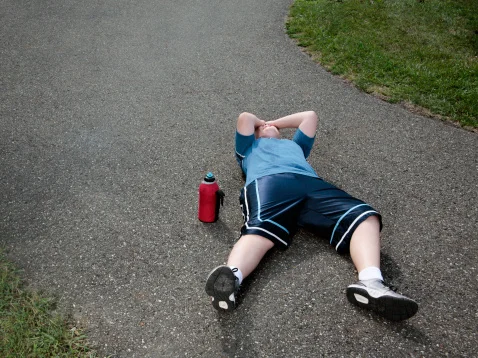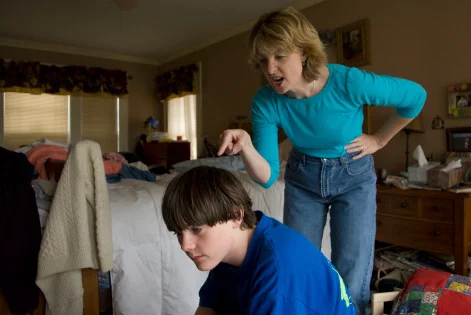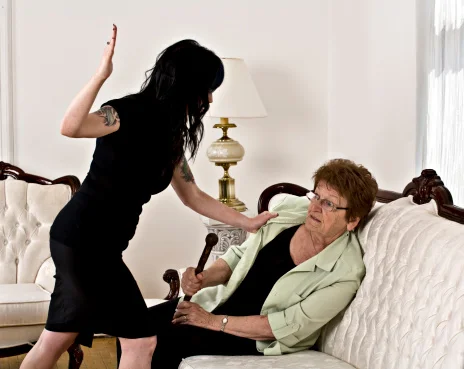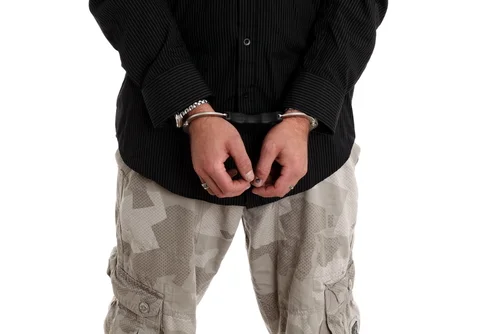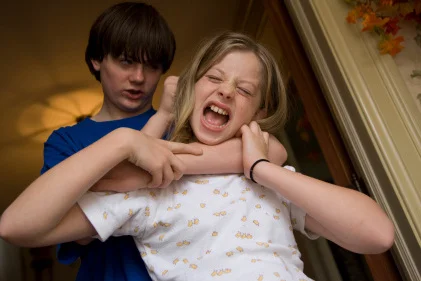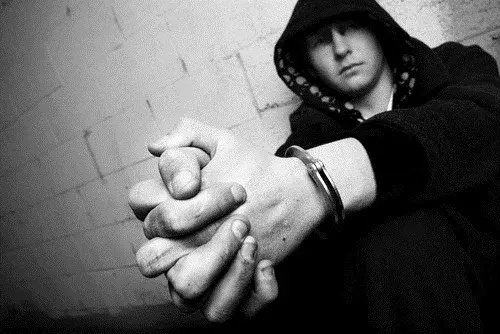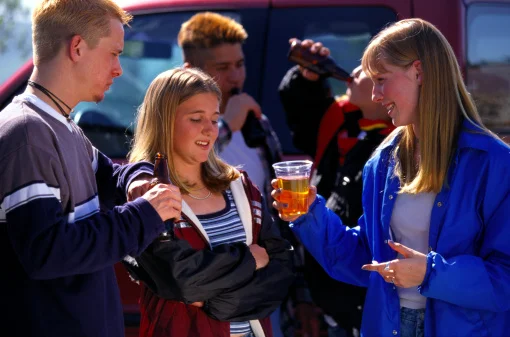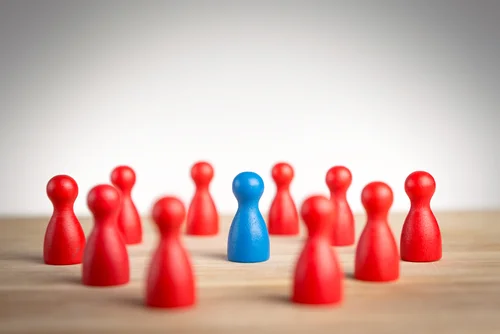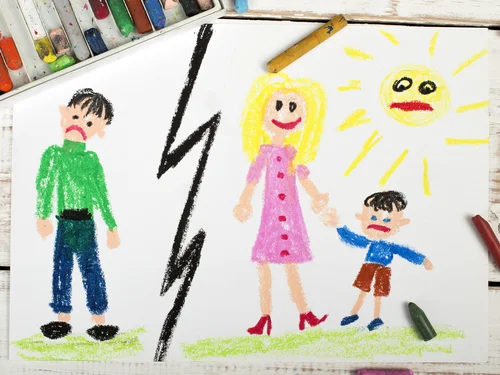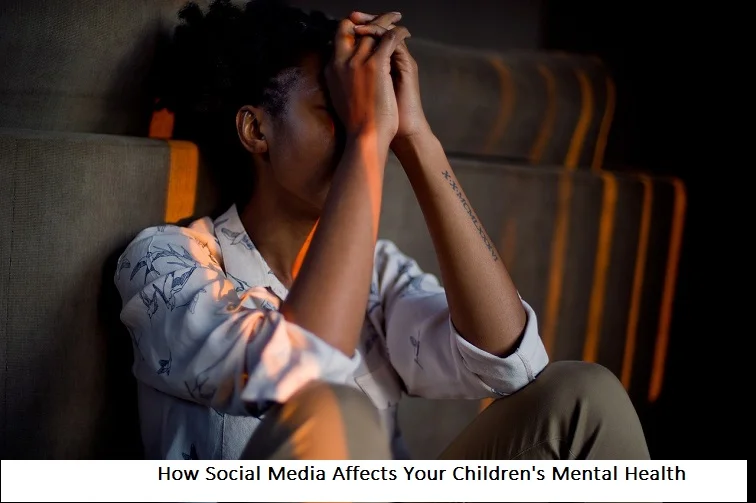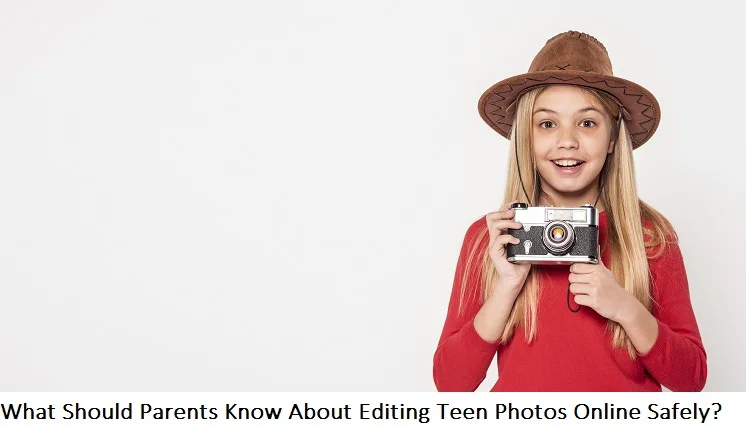+1 845 259 2974 (11 a.m to 7 p.m CST)
Healing Traumatized Kids Through Art Therapy
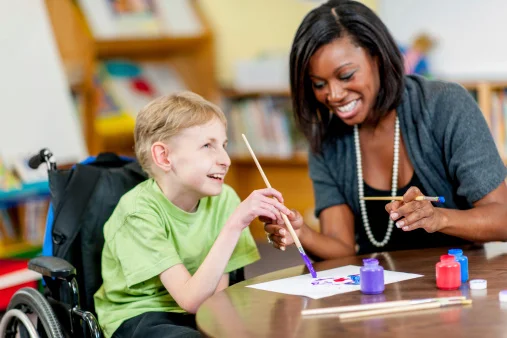
Let's be honest, seeing a child struggle after a very scary event is completely terrifying. It feels like you're watching them drown from the shore, and no matter how hard you try, you just can't reach them. They might hide away in a silent world, or their world might fill with anger and fear. They're carrying a heavy load they never wanted, one that is too complicated and big for their young minds to put into words. "Use your words," we ask them. But what if the words are gone? What if the memory isn't kept in a part of the brain that uses words?
This is the painful truth for many children and the adults who care for them. The good news? There is another way to connect with them. It doesn't rely on questions or forced talking. It’s quieter, softer, and often much stronger. It starts not with a question, but with a paintbrush. A piece of clay. A box of colorful chalk. This is the world of art therapy, and for many hurt kids, it’s a real lifeline.
What Art Therapy Is (And What It Definitely Is Not)
First, let's break a big myth right now. Art therapy is not an art class. The goal is not to make a piece of art good enough for a gallery. You won't find a therapist teaching how to draw things to look real. In fact, if a therapist ever said, "That's not how you draw a tree," they would be in the wrong job.
So, what is it?
- It is an official type of therapy. The people who do it are trained mental health professionals who use art-making as their main tool for talking and healing.
- It is about the doing, not the final thing. The importance is in the act of making—the choices made, the materials used, the feelings let out along the way.
- It provides a safe, picture-based way to talk. For children whose experiences are too scary for words, art offers a way to speak through pictures, symbols, and images.
- Think of a scary memory. It’s not a clean story. It’s a messy mix of bits of senses: a loud noise, a flash of light, a feeling of cold fear. The brain’s logical, word-based part goes "offline" during trauma. The body’s alarm system takes over. Art therapy gets around the need for words and speaks straight to the emotional brain. It lets a child put those messy bits onto a page where they can finally be seen, held, and made sense of.
Read about: Domestic violence: How verbal abuse affects kids?
The Science of Scribbles: How It Actually Works
It’s easy to see it as just "drawing about your feelings," but the ways it works are important and backed by science.
1. Getting Around the Broken Word Center
As said before, trauma messes up talking. Art gives a direct line to the hidden mind. A child may not be able to say, "I feel like I'm falling apart," but they can show you a picture of a person breaking into pieces. This act of putting it outside themselves is the first, key step. It takes the inside fear and puts it outside the body, making it something that can be looked at and, in time, handled.
2. Giving Back Power and Choice
Trauma is the total theft of power and choice. Art is the total giver of it. In the therapy room, the child is the one in charge.
- They choose the material. Will it be angry, sharp pencils or soft, smudgy chalks?
- They choose the colors. Is today a black day or a red day?
- They choose the topic. They can make a mess, they can ruin their creation, they can start again.
This control is healing. Every choice is a small act of taking back power over their world.
3. Calming the Body's System
The physical act of making art is naturally calming. It’s a mindful, sensory experience that roots a child in the now and pulls them out of a scary flashback or worried spiral.
- The repeated motion of scribbling or brushing paint can steady a heart rate.
- The strong feeling of squeezing clay can be very soothing for an overwhelmed system.
- The focused attention needed to create acts as an anchor, stopping the mind from floating back to dark places.
4. Beating the Trauma Through Story
Children will often again and again play out or draw the scary event. This isn't a bad sign; it's their brain's way of trying to handle and understand it. The magic happens when they start to change the story. They might first draw the monster chasing them. Weeks later, they might draw themselves in a safe fort. Finally, they might draw the monster locked in a cage, or themselves with a powerful weapon. This is active beating. They are rewriting the ending of their story, moving from someone something happens to, to the main hero.
Read about: Communication’s role in child abuse therapy
The Toolkit: More Than Just Paint
An art therapist's room is a place of many possibilities. Each material asks for a different kind of expression.
- Paints & Inks: Runny, often messy, and hard to control. Perfect for showing big, overpowering feelings like rage, sadness, or fear.
- Clay: A very touch-based and basic material. Great for children who need to work out anger or frustration physically. It’s also very grounding.
- Collage: Using ready-made images from magazines lets a child show complex ideas without the pressure of having to draw them. It's great for learning about oneself or ideal worlds.
- Sand Trays: A child uses small figures and objects to create a world in a tray of sand. This is a strong, symbolic way to look at family relationships, scary scenes, and inner fights in a safe, contained space.
How to Find the Right Help for Your Child
Taking the first step can feel scary, but it's a very important one.
- Look for Official Recognition: Seek out a therapist who is registered with a major art therapy association. This makes sure they are fully trained and do their job properly.
- Talk to Your Doctor: They can send you to local child mental health services, which may have art therapists working there.
- Ask Schools: Speak to the school's special needs leader. They often know about local therapy services and may be able to offer help within the school.
- The First Talk: When you find a possible therapist, have a conversation with them. Ask about their experience with trauma and children. It's very important that both you and your child feel comfortable and safe with them.
The Part of the Parent: How You Can Help the Journey
As a parent, you are not left out. You are a key part of the team.
- Trust the Process: You might not get what your child is making. That's okay. You don't need to figure it out. Try not to ask, "What is that?" Instead, try saying, "I see you used a lot of blue today," or "Would you like to tell me about your picture?" Let them lead.
- Provide a Creative Space at Home: You don't need to be a therapist to give creative outlets. Have simple art supplies ready without pressure. It’s not about skill; it’s about having another way to express themselves.
- Manage Your Hopes: Healing is not a straight line. There will be good weeks and bad weeks. Progress might be slow and hard to see. Be happy for the small wins.
Healing from childhood trauma is a long journey. Art therapy doesn't erase the past. Instead, it gives a child a guide, a map, and a set of tools for that journey. It helps them understand that the scary event is one part of their story, but it is not the whole book. They are the writer, and with support, they can learn to write the rest. It is a powerful, respectful, and deeply human way to help a quiet child find their voice again and a lost child find their way back home.

